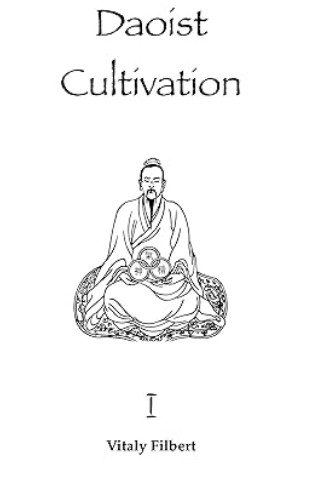
Vitaly Filbert's book, Daoist Cultivation, Book 1: Fundamental Theory and Philosophy, explains the core concepts of traditional Daoist self-development, with a particular focus on the distinction between religious and spiritual Daoism. The book details fundamental terms and practices such as Qigong, Neigong, and Neidan, as well as the theoretical foundations of Yin-Yang and the Three Treasures (Jing-Qi-Shen).
Key Concepts and Content
The book serves as a foundational text for those interested in traditional Daoist methods of self-development. It is particularly recommended for practitioners of Qigong, Neigong, Neidan, and Taijiquan.
-
Three Ways of Self-Development: Filbert outlines different paths within Daoism, clarifying the distinction between religious Daoism, which often involves rituals and deities, and spiritual Daoism, which is focused on personal cultivation and inner transformation.
-
Theories of Yin-Yang and Wu-Xing: The book provides a traditional understanding of these crucial Daoist theories, explaining their essential meaning and correcting common modern misinterpretations. Yin and Yang represent complementary, interconnected forces, while Wu-Xing, or the Five Elements (Wood, Fire, Earth, Metal, Water), describes the cycles of change in nature and the human body.
-
Jing, Qi, and Shen: These are the Three Treasures of Daoist cultivation. The book explains them as the three primary energies or essences that practitioners work with to achieve health, longevity, and spiritual enlightenment.
-
Jing (精): Often translated as "essence," it's the foundational energy related to the body, often likened to a reservoir of life force.
-
Qi (氣): The vital life energy or breath that circulates through the body's meridians.
-
-
Practices: The book explains the theoretical basis for practices like Qigong (energy work), Neigong (internal skills), and Neidan (internal alchemy), which are all aimed at cultivating and refining the Three Treasures.
-
Dantian and Meridians: Filbert dedicates a chapter to explaining the nature of the Dantians (energy centers) and the body's energy system, including the 12 standard meridians and Extraordinary channels, often with accompanying illustrations to aid understanding.